- About Us
-
Who we are
-
- Publications
-
- ADPC Academy
-
MediaADPC'S NEWS
ADPC conducts earthquake reconnaissance survey in Nepal ADPC conducts earthquake reconnaissance survey in Nepal
5 Aug 2015
Kathmandu, Nepal
ADPC conducted an earthquake damage survey in Nepal from 13 – 17 July 2015 with earthquake engineering experts, and other specialists from the Asian Institute of Technology (AIT), Mahidol University, Thammasat University, Chulalongkorn University, and King Mongkut’s University of Technology Thonburi, Thailand. The main objective of the visit was to support the Government of Nepal in their evaluation and assessment of building and infrastructure damage caused by the 25 April 2015 Gorkha earthquake, and its aftershocks in selected areas of Kathmandu, Sindhupalchowk and Nuwakot.
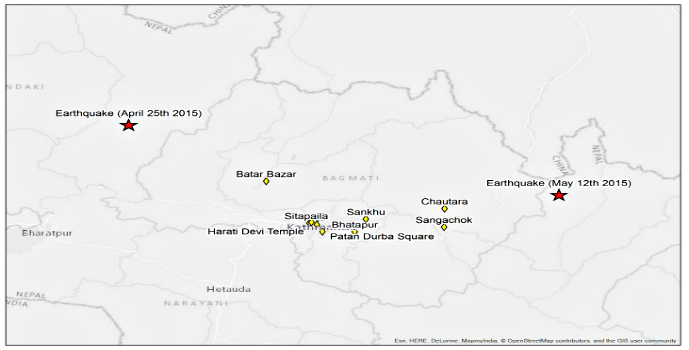
Reconnaissance survey sites in relation to the epicenter of the earthquakeAccording to the team’s reports, building damage in Kathmandu is isolated in pockets across the city. Most structures were slightly damaged, or undamaged. The structures that received the most damage and made up the most heavily damaged parts of the city were old buildings, buildings with old masonry, brick buildings, and structures made from unreinforced concrete. Many of these buildings were found in the areas of Sitapaila, a village in the Bagmati Zone of Kathmandu.
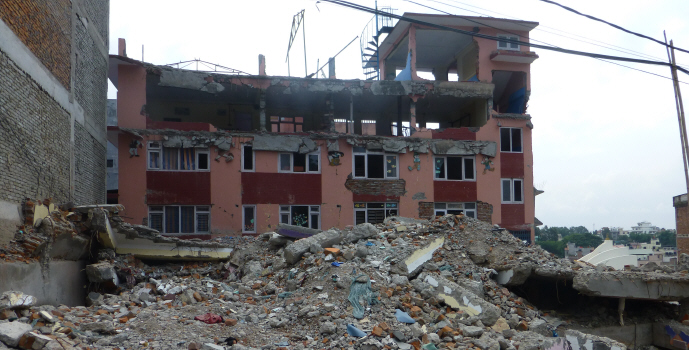
A collapsed reinforced concrete structure in Sitapaila in KathmanduOfficials from the Ministry of Urban Development, Ministry of Physical Infrastructure and Transport, Centre of Disaster Studies for the Institute of Engineering at Tribhuvan University, and the National Society of Earthquake Technology-Nepal (NSET) guided the team to different survey locations and assisted them in their work.
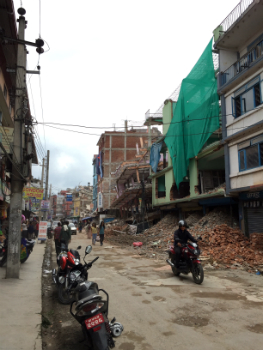
Damage in Mitranaga Alley in Central KathmanduChautara, the headquarter of the Sindhupalchowk district of Baghmati Zone, and one of the many rural settlements in Nepal, was one of the worst affected sites observed with 90 percent of its buildings collapsed or seriously damaged. Most of these buildings were made of mud mortar and unreinforced masonry structures which are extremely vulnerable to the strong ground motion generated by earthquakes.
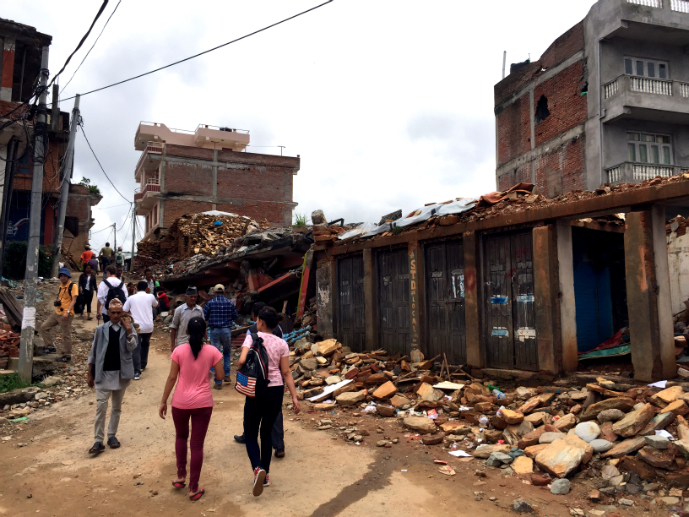
Damage in Chautara, Sindhupalchok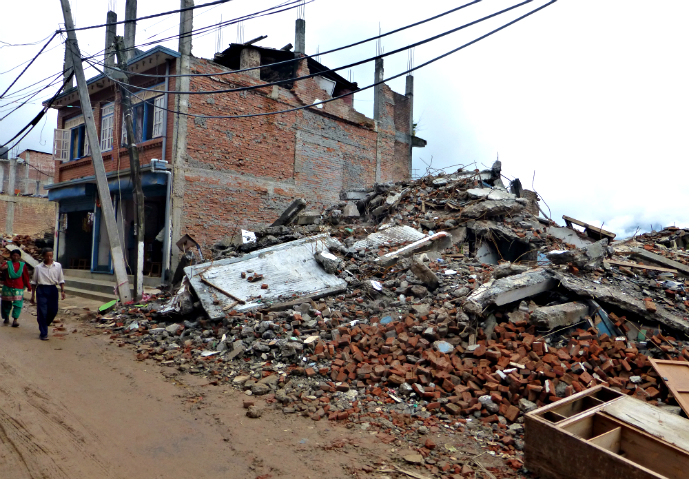
A collapsed brick structure in Chautara in Sindhupalchok districtSankhu district in the Kathmandu valley sustained major damage where 95% of mud mortar and unreinforced masonry buildings collapsed which displaced thousands of people.
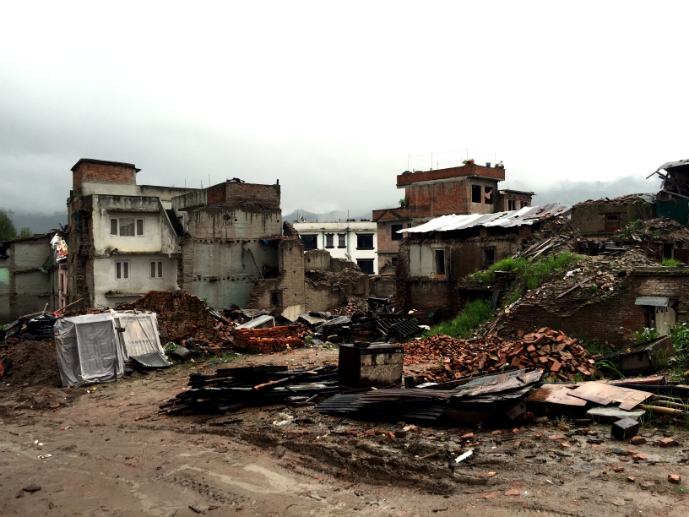
Damage in Sankhu VillageThe visit concluded with a report from the survey team that outlined observations and suggestions for Nepalese engineers to reduce the impact of future earthquakes. The team emphasized the importance of enforcing strict building codes and using reinforced concrete even in isolated rural communities. Measures such as these will ensure that the country’s structures can withstand strong ground motion and will be less affected during the next earthquake.
In addition, Assistant Professor Dr. Basanta Raj Adhikari, Deputy Director of Centre for Disaster Studies, Institute of Engineering, Tribhuvan University, stated that we had learned a lot during discussion in the field and debrief, and would find some space in the future to work together in DRR and DRM. ADPC will continue to provide technical support and information to the Government of Nepal on earthquake recovery and reconstruction as well as how Nepal can develop a long-term and effective national disaster risk reduction policy/strategy.

Final briefing between the survey team and the officials of Tribhuvan University*All photos are property of ADPC, please credit as follows: Photo credit: Asian Disaster Preparedness Center
Latest NewsRelated Trainings
-